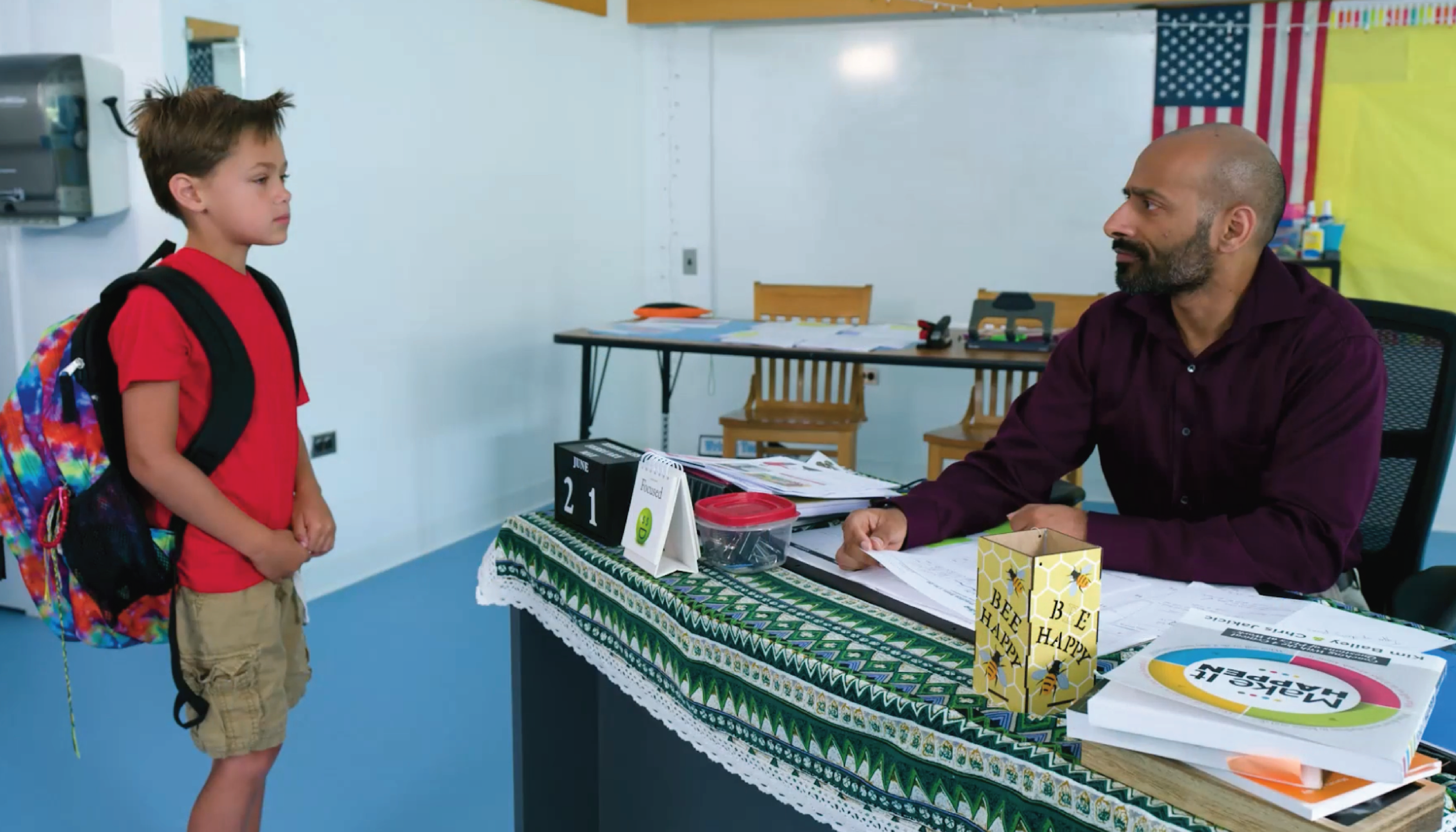Introduction
As educators, it’s essential to teach our students the necessary skills to adapt to various social situations. One crucial aspect of being a social chameleon is recognizing and adjusting the volume of our voices. The Voice Scale is a valuable tool that helps students understand the different voice levels and when to use them. In this blog post, we will discuss the Voice Scale, a no-prep activity to practice the skill, stimulating discussion questions, related skills, and next steps to further develop students’ social-emotional learning abilities.
No-Prep Activity
Here’s a simple activity that requires no preparation or materials from the educator. This activity will help students practice and become more aware of the different voice levels on the Voice Scale.
- Have students stand in a circle.
- Explain the Voice Scale levels to the students, as detailed in the prompt above.
- Assign a number from 1-5 to each student, representing the different levels of the Voice Scale.
- Instruct the students to introduce themselves to the person next to them, using the voice level assigned to them.
- After everyone has introduced themselves, discuss the experience with the students. Ask them how they felt using different voice levels and if they think they used the appropriate level for the situation.
Discussion Questions
Use these questions to stimulate further discussions about the Voice Scale and adapting to social situations:
- Can you think of a time when you used a different voice level than the situation called for? How did it affect the people around you?
- Why is it important to adjust our voice levels in different social situations?
- How does being a social chameleon help us build better relationships with others?
- What challenges might someone face if they have difficulty adjusting their voice level in various social situations?
- How can we help others who may struggle with using the appropriate voice levels in social settings?
Related Skills
Becoming a social chameleon and using the Voice Scale effectively are just a few aspects of social-emotional learning. Here are some other relevant skills for students to develop:
- Active listening: Paying full attention to the speaker and showing empathy and understanding.
- Body language: Understanding and using non-verbal cues to communicate effectively with others.
- Empathy: Putting oneself in another person’s shoes and understanding their feelings and perspectives.
- Problem-solving: Finding effective solutions to conflicts and challenges in social situations.
- Self-awareness: Recognizing one’s emotions, strengths, and weaknesses and understanding how they affect our interactions with others.
Next Steps
Now that you have a basic understanding of the Voice Scale and how it can help students become social chameleons, it’s time to explore more resources and activities to further develop their social-emotional learning skills. We encourage you to sign up for free samples of the discussed skill and others at Everyday Speech. With these resources, you’ll be better equipped to teach your students the essential skills they need to navigate the complex social world around them.











